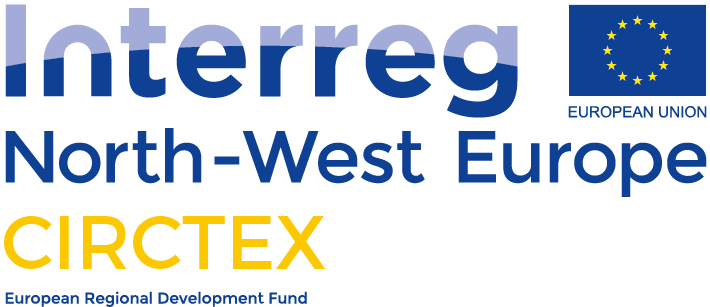Fibre-to-fibre textile recycling commitments and policies are continuously increasing, as one of the key strategic components propelling organisations to support the transition towards a circular fashion industry. In turn, these developments are expected to drive an increased demand for post-consumer textiles collection, sorting and recycling infrastructure across the EU. Scaling this infrastructure will require substantial investment. In order to holistically inform any future investments, there is a need to understand both the characteristics of post-consumer textiles available in the European market as well as the business case for monetisation through recycling. The Sorting for Circularity Europe Project was created to address this knowledge gap, exploring these materials in depth. The Project is aimed at analysing types of waste being generated, quantities available as feedstock for recycling, and the ability to channel textile waste as feedstock for those with innovative solutions. This report is key as it is the first to provide powerful information on which informed decisions can be made for further investment, policy developments and next steps towards circularity.
Overall, the Sorting for Circularity Europe study finds that a total of 494,000 tonnes each year —or 74% of low value post-consumer textiles, is readily available and suitable for closing the loop in the clothing and textiles sector across six European countries. These findings culminate in promising opportunities for recapturing value via mechanical and chemical recycling and resultantly diverting textiles away from less circular destinations like downcycling to non-wovens, insulation or filling material, the wipes industry and incineration. This represents a potential value increase of €74 million per year when sorted textiles are reintroduced into the textiles value chain.
